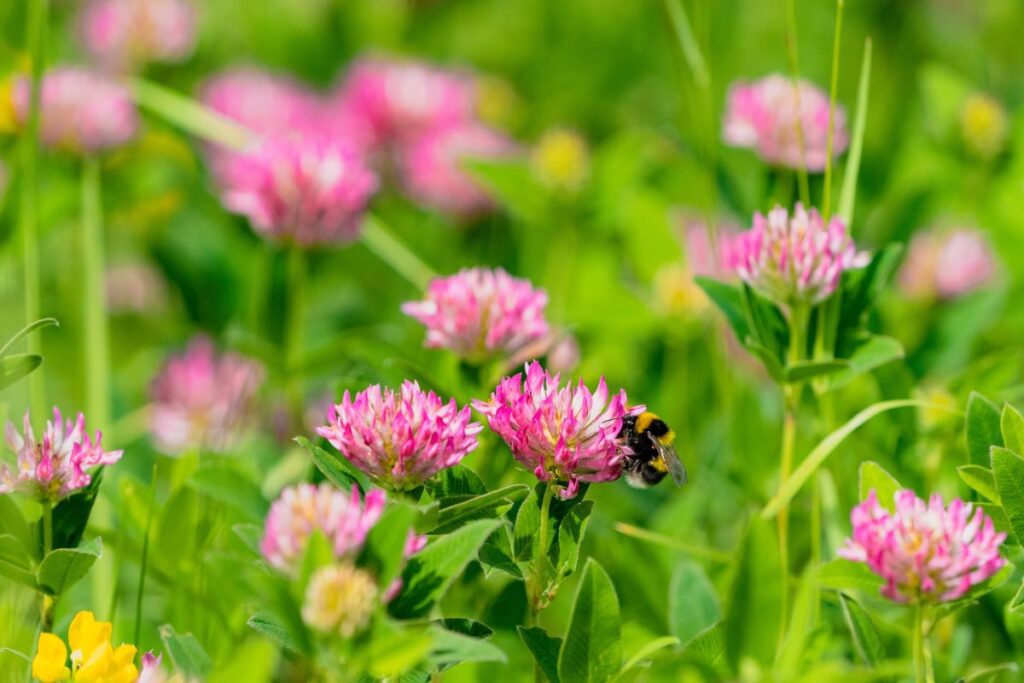
Gardening Column, Hamish Martin: ‘Whenever I see Red Clover growing wild I can’t help but internally rejoice’
Let me introduce you to one of my favourite wild friends, Red Clover. Whenever I see it growing wild I can’t help but internally rejoice, it’s bright red flower acting like a beacon, pulling me in.
I will always pick some and bring them home to make herbal health tea. It is so interwoven with our past and science is catching up with its importance now in the present. It will always hold a place in our future too.
Red Clover has a sacred past and was important to the Druids where it symbolised the earth, sea and sky. They associated the three-leaf clover with their tripartite society and the three branches of learning (Druid, Bard, Ovate). If you have ever found a four leaf clover, lucky you, as it was a symbol of good luck and could even grant the gift of second sight.
Saint Patrick used a three-leaf clover to illustrate the concept of the Holy Trinity to the Irish, helping to explain the Christian faith to the Celtic population. Like the Druids, Christians also believed in the protective qualities of clover, particularly the four-leaf clover, which was seen as a symbol of faith and a good omen. The shamrock (three-leaf clover) became a symbol of Ireland and St. Patrick’s Day, a tradition that continues to this day.
Traditionally red clover has a long history of medicinal use and was used for a variety of ailments. Its soothing expectorant effect is beautiful in treating coughs and bronchitis also including other respiratory problems like asthma and whooping cough.
So where does red clover lie within the boundaries of modern science? It is a source of many nutrients including calcium, chromium, magnesium, niacin, phosphorus, potassium, thiamine, and vitamin C. It is a rich source of isoflavones, which as a plant based chemical can mimic oestrogen and research suggests it may offer benefits for menopausal symptoms like hot flushes and potential bone health.
I harvest the flowers and tops of young newly opened flowers and will make a cup of herbal tea with them and just know that it is benefiting my health in some way. I also make a beautiful herbal honey by infusing some of these flowers into a jar and pouring honey over them and seal and use in the winter for stubborn dry coughs.
I just love this flower as do all the pollinators, gardeners and organic farmers when they use the flowers as a green manure, cover crop with its nitrogen fixing qualities. It also makes an excellent hay – there is a reason why they say to be ‘in clover’ when it means abundance and the word within ‘clover’ spells LOVE.
Read more Garden stories here.
Subscribe to read the latest issue of Scottish Field.
TAGS

